1961
– 1989
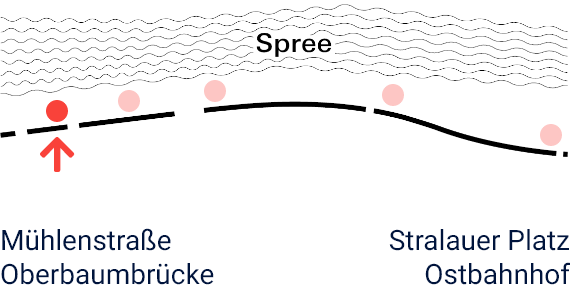
Until 1989, the border wall stood here — but on the other side of Mühlenstraße and in the surrounding area there were businesses such as Osthafenmühle. The border shaped the everyday lives of people inthe neighbouring districts — the way they worked and spent their free time — both in Friedrichshain on the east side and in Kreuzberg on the west side, but in very different ways.
"This was the only place where Berliners could get so close to the Wall."
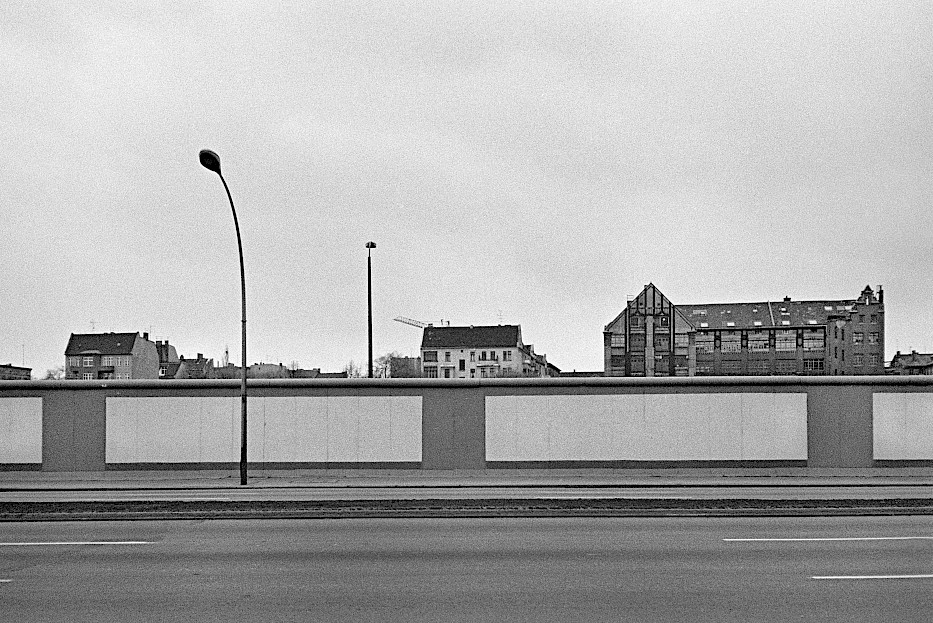
The granary for Osthafenmühle, one of East Germany’s largest mills, was the only building left standing when the border strip was cleared. Much of the grain for the mill was transported via the river and stored there. GDR border guards used the granary’s roof as a point from which to monitor the border area. In 1977 a gatehouse was built in the Wall nearby, with two rooms, each with a street-facing entrance. From one entrance, soldiers accessed the border strip and mill staff reached the granary, along paths separated by fences. The other entrance led to the second room, from where GDR police officers guarded the area in front of the border.
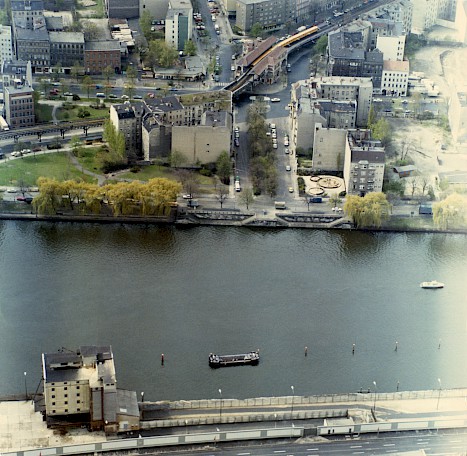
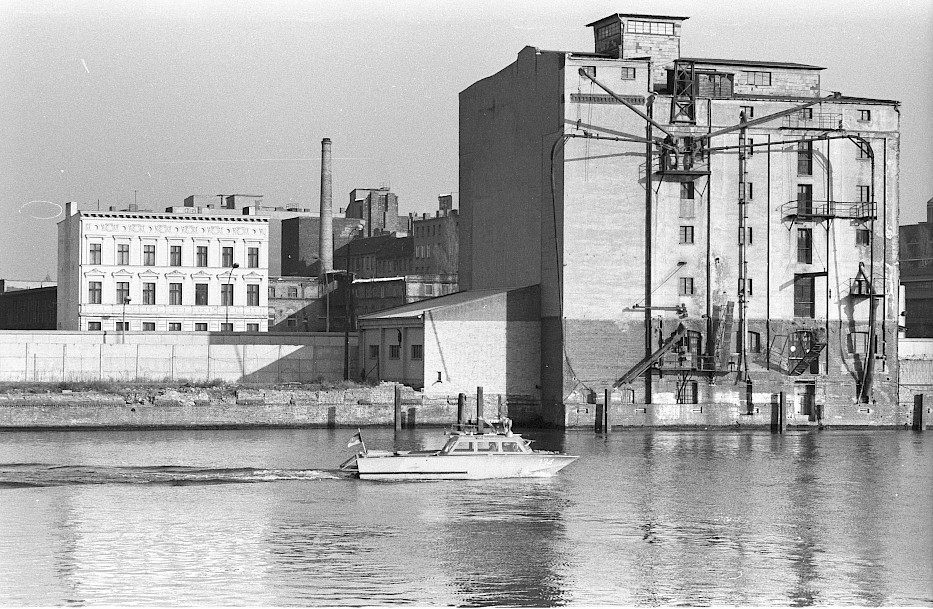
After the Wall was built, Kreuzberg was suddenly on West Berlin’s periphery. Many residents moved away. From the mid-1960s onwards, students and migrant workers — mostly from Turkey — moved into the vacant, often run-down flats. The new residents created a unique atmosphere in Kreuzberg. Some of the artists involved in the East Side Gallery also lived in Kreuzberg before 1989.
"The Wall was just there."
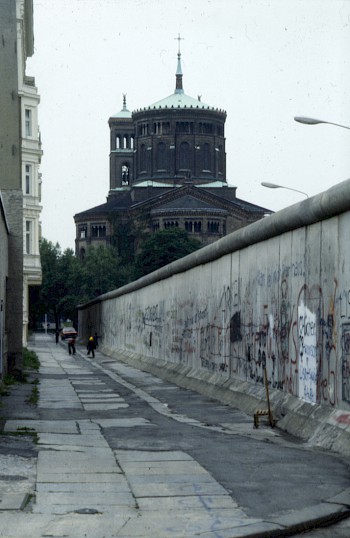
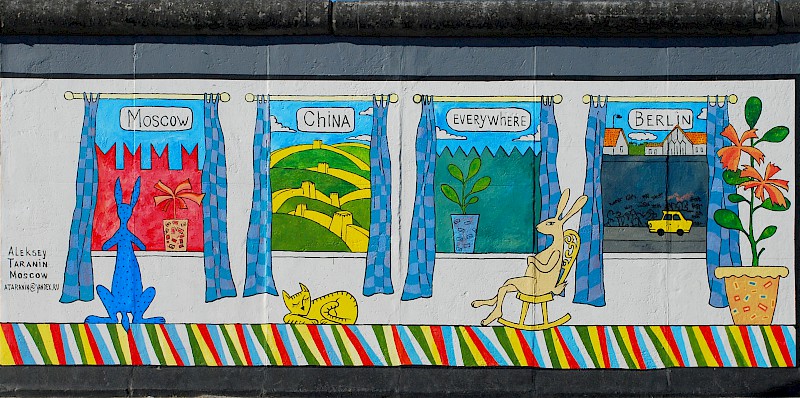
The painting of a view from a cosy living room on to a world of walls and borders (Walls all over the world) was Alexej Taranin’s second design for the East Side Gallery. Initially, he had wanted to paint a picture of mating rabbits to raise awareness for AIDS. But the organiser of the East Side Gallery, Christine MacLean, refused the design on the grounds that it was liable to corrupt the young — a rare instance of her intervening in the artists’ choice of content.